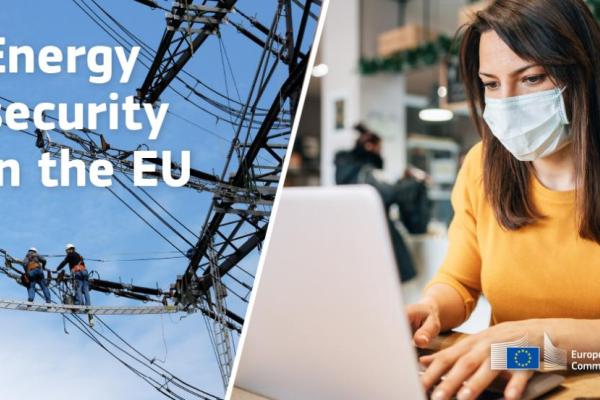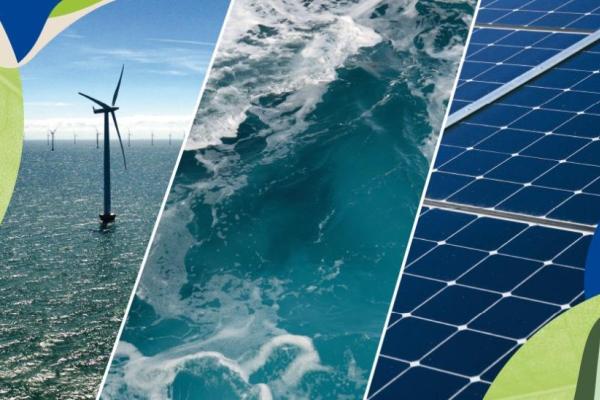Filter by
News (928)
RSS
In order to be more understandable to consumers and to pave the way for more innovative and energy efficient products, the current energy label with energy classes from A+++ to D will gradually be replaced in the coming years with a new, simpler scale from A (most efficient) to G (least efficient).

More and more EU countries are announcing a coal phase-out, or preparing for it, which is not only good news for the climate, but by reducing the use of coal, we also protect our environment and improve our living conditions and our health.

The EU energy label is – together with minimum “ecodesign” requirements - a success story that has been key in boosting the energy efficiency of everyday electric appliances like lighting, heating, fridges, freezers and televisions, but also products like fuel boilers, tyres and air conditioners.

Defined under the Regulation on the governance of the energy union ((EU) 2018/1999), the National energy and climate plans were established as part of the Clean energy for all Europeans package.

Adequate risk preparedness and smooth cross-border cooperation are paramount to help prevent or manage crisis situations, so that Member States are both willing and able to work together in solidarity in the event of a shortage.

Renewable energy will play a fundamental role in achieving the EU’s energy and climate objectives. Not only is it abundantly available within the EU, but it is also cost-competitive with fossil fuels.

Improving energy efficiency in buildings therefore has a key role to play in achieving the ambitious goal of carbon-neutrality by 2050, set out in the European Green Deal.
On 30 Novmeber 2016 the European Commission presented a package of measures to keep the European Union competitive as the clean energy transition changes global energy markets.
